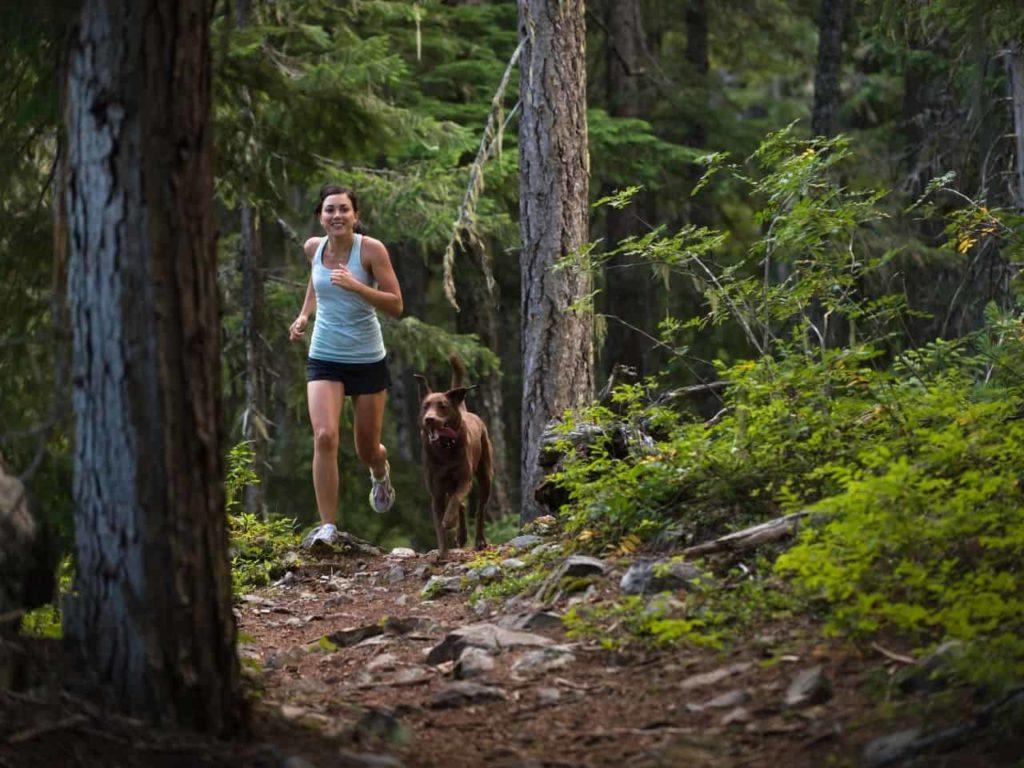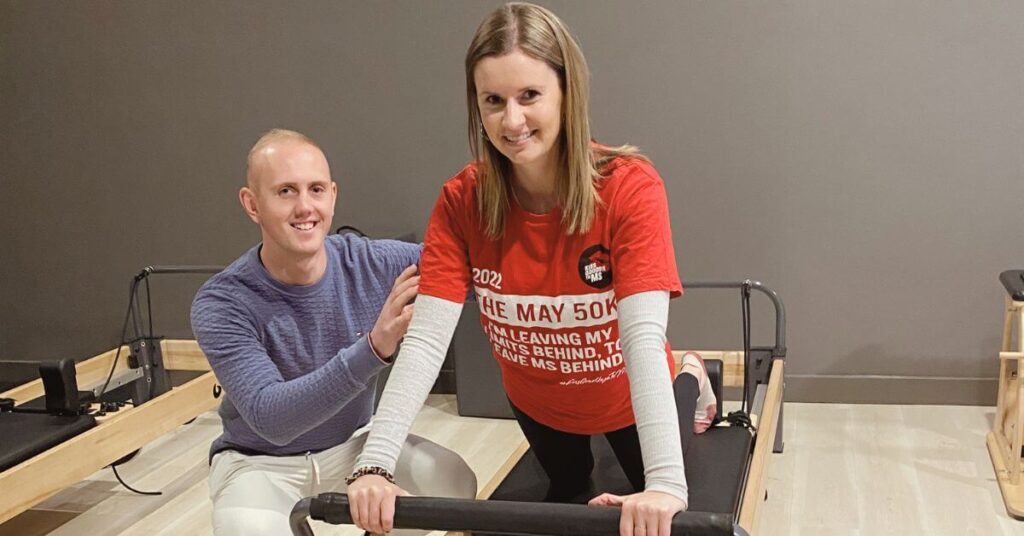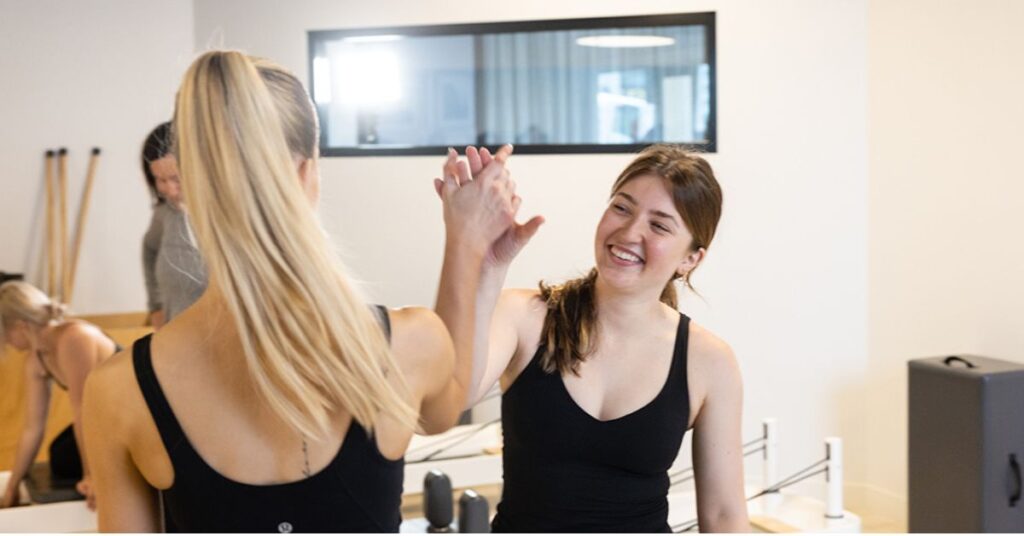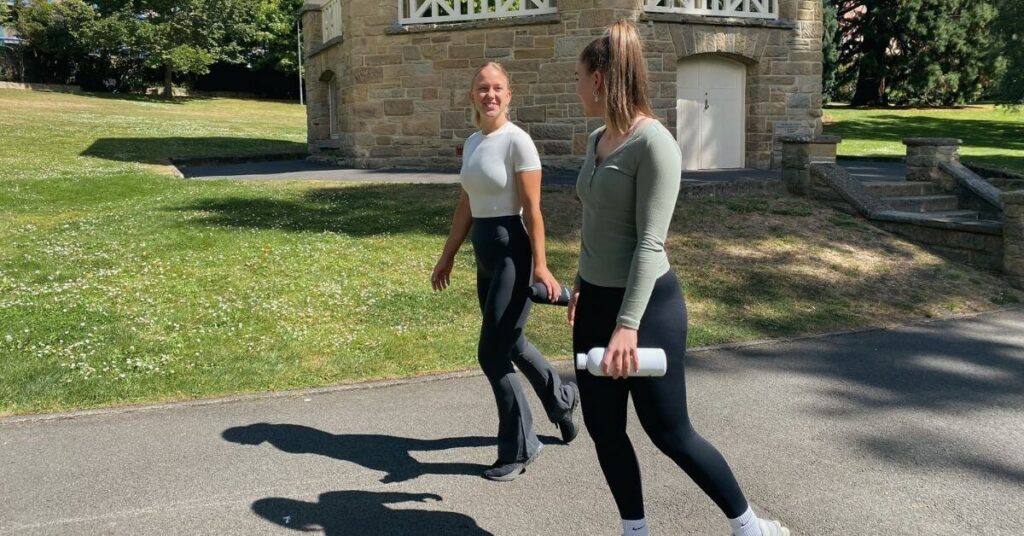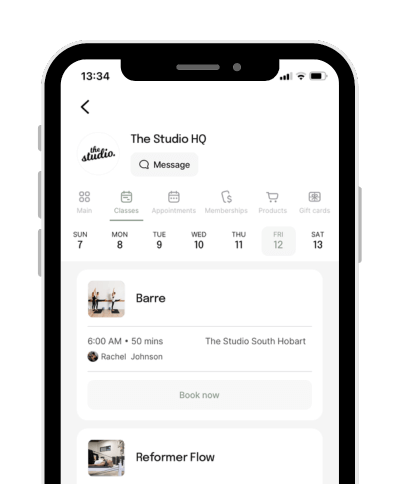New Year’s resolutions often see many enthusiastic people taking up running for the first time or dusting off the trainers to once again path the footpaths.
Sadly new runners are often greeted with aches and pains and sometimes injuries.
We had the opportunity to speak with Nick Murton a physiotherapist from Leap Health, to give us his guidance and strength exercises to help strengthen the body against injury.
Running injuries are one of the common problems we treat at Leap Health.
The 4 Most Common Running Injuries
- Achilles Tendinopathy – an overuse injury of the achilles tendon, particularly in Hobart due to the hilly nature of our surroundings.
- ITB Friction/Compression Syndrome – lateral structures of the knee become irritated and painful.
- Patellofemoral Pain syndrome – irritation of the joint between the knee cap and thigh bone
- Medial Tibial Stress Syndrome – or “shin splints.”
While all of these are easily treatable and none are particularly debilitating at first they will make running uncomfortable in the short term and almost impossible if you don’t manage them correctly. All 4 injuries are a result of overload to the respective tissues, this can happen for a number of reasons; biomechanics, proximal weakness (poor hip/core stability) and overtraining, or “too much, too soon.”
Treatment of these includes :
- Understanding appropriate increases in training load, the best rule of thumb is start slow and never build up your volume or intensity by more than 10% each week.
- Dry needling/ soft tissue work on tight structures.
- Strengthening/ stretching exercises.
You can take care of these all by yourself!

My top 6 strength exercises for lumbopelvic stability (video and all);
2 Important leg strengthening exercises;
My 3 go to stretches for commonly tight running muscles are;
The aim of most of these exercises is to build the capacity of muscles, tendons and bones so that they don’t become overloaded during a running program, and therefore cause pain. Appropriate footwear is also a factor to consider.
If you need the support of a practitioner Leap Health operates from six clinics located across greater Hobart: Hobart, Salamanca, New Town, Kingston, Rosny Park and Huonville. They offer a full range of health services.
Ready to start moving?
Add some meaningful movement to your day and feel the benefits. Check out our timetable and you’ll find that there’s always a class to suit your lifestyle.

